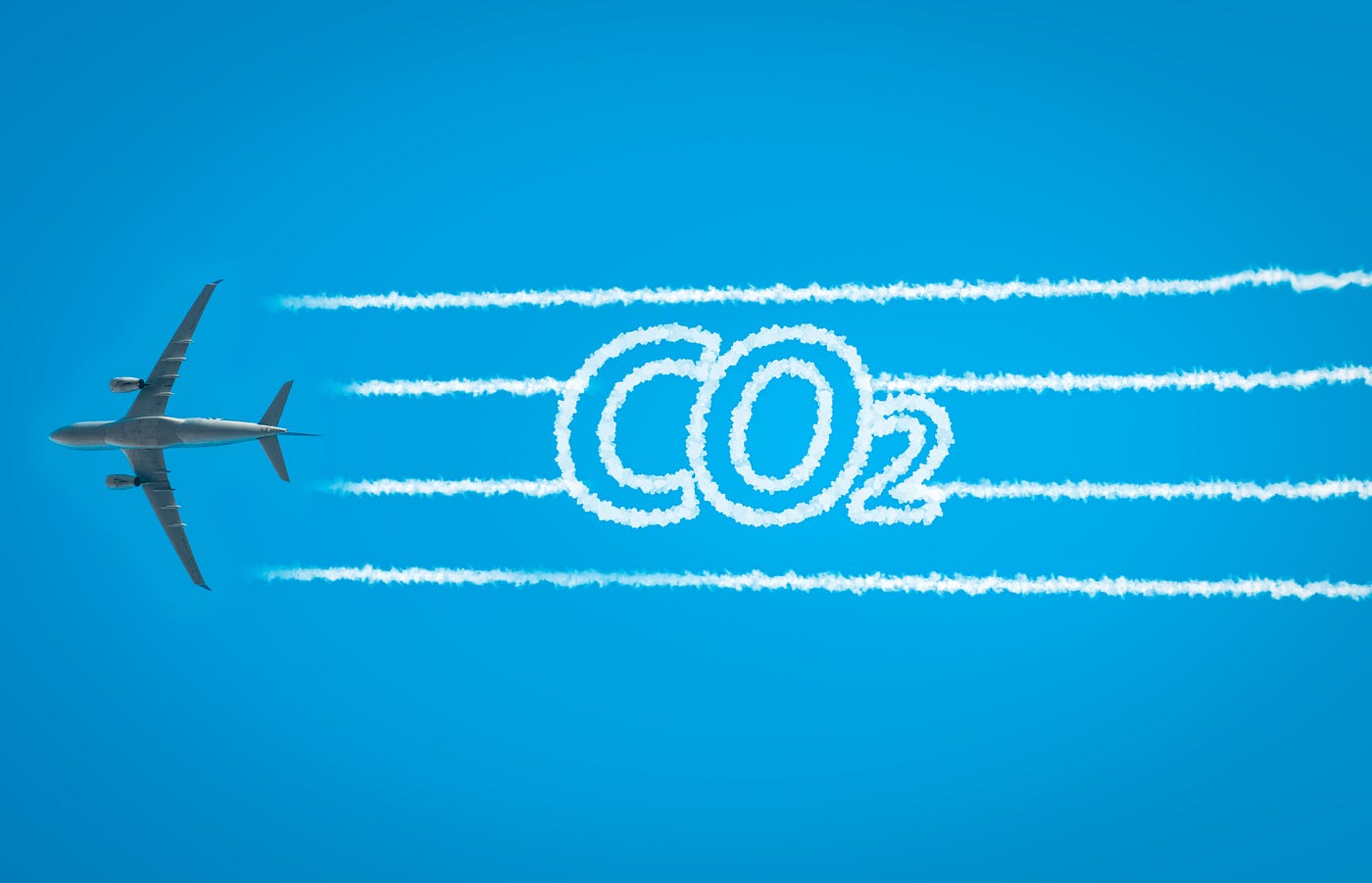By Larbi Loudiyi, VP Energy
“See what no one else sees. See what everyone chooses not to see… out of fear, conformity, or laziness. See the whole world anew each day!” – Arthur Mendelson
Like all mad scientists, I have this crazy personal hope to come up with “The Idea” that will make the world a better place. So during the confinement period–In Morocco, that’s what we call it; You may call it lockdown–and especially after dinner time, in the dead of night, I focus on one particular issue:
Carbon dioxide emissions.
For most people, it’s a very boring subject. Some do not feel concerned, others think it’s a fake issue or simply give up and believe it’s already too late to make a significant change.
But, I believe the climate change threat is invisible, unprecedented, and has been a long drawn-out complex road.
About a year ago, when I wrote an article entitled, “The Fate of the Planet is in Our Hands,” I honestly believed it was too late. That’s because I was only working on one side of the equation, namely, slowing down carbon dioxide emissions by increasing the share of renewable energy in the world.
That’s fine, but what about reducing its current concentration in the atmosphere?
What does that mean exactly?
Well, for millennia, atmospheric carbon dioxide has never been above 300 parts per million (ppm). Now, we’ve reached over 417 ppm.

Let’s count.
For the past 3 months, the world’s primary mode of travel across the globe, the Boeing 737, has been grounded. Imagine for a moment we counted the number of planes on the ground right now — during the coronavirus pandemic. It would be about 10,500 planes sitting in hangers around the world.
Now, one ppm represents 7.82 Gigatonnes (Gt) of CO2 in the atmosphere.
To put that into perspective, it’s equivalent to 10,000 times the number of planes on the ground right now (or 110 Million airplanes).
That’s just one ppm.
But, in actuality, there are 3,261 Gt of CO2 (or 417 ppm) in the atmosphere right now and growing at a rate of 2 ppm per year.
That’s 41.7 Billion planes — growing at a rate of 220 Million planes per year!
Rewinding the clock to 1950 at the 300 ppm level means we would need to pull out some 915 Gt of CO2 from the air.
That’s a target of 121 tons of CO2 removal for every person on the planet.
(The average person contributes 5 tons of CO2 per year. About half of it ends up in natural reservoirs, like the ocean, and the rest stays in the atmosphere.)
Let’s say we had 10 years to do this…
7.8 Billion people would need to participate in a global emissions reduction program aimed at pulling 14.6 tons of CO2 from the air each year. That’s like three elephants — they weigh about 4 tons each — worth, each year for every person on earth.
That’s a lot!

How would we get people to do this?
Well, we’d better give people a good reason to participate in this program. What better motivation than money. That’s what drives the world, right?!
Let’s do a thought experiment.
Suppose you could create a way to pay every person in the world to convert harmful CO2 to useful, harmless raw materials. Materials that would drive the global economy and make the world a better place.
How would we accomplish this?
The solution begins with CCU.
Extensive research has been conducted by scientists in the field of Carbon Capture and Utilization (CCU). Through CCU technologies, carbon dioxide can be used as feedstock in fuel, concrete, clothes, plastics, and chemical syntheses. The end product could either be carbon neutral, like carbonate-based concrete, or not carbon neutral like methanol fuel that re-emits carbon dioxide.
For now, the global CO2 utilization is around 200 million tons per annum, which is negligible compared to the 35 Gt of CO2 emitted annually. Urea processing, a form of fertilizer, is the top consumer with more than 50% of global utilization.
As I researched all the available CCU technology, it became clear that mineralization is the only available ready-to-use solution at the moment.
What is mineralization?
When reacting with suitable minerals, gaseous CO2 is converted into solid mineral carbonate, an aggregate that is used for concrete. So concrete, in the near future, could be a massive trap for our emissions thanks to its large addressable market size.
50 billion tons of rock, of which 70% are carbonate containing 22 Gt of CO2, are mined every year for use in concrete.
Wow, think about it!
This would cut out 63% of our annual CO2 emissions.
Cement plant owners could be a game-changer here. Especially since the industry is responsible for around 8% of global CO2 emissions today.
Innovative companies like Solidia, Blue Planet, and CO2 Concrete are already underway with this effort. With these guys around, we may have a good chance to hit the target of a 50% per annum reduction in emissions set by the Paris Climate Agreement to limit global warming to 1.5°C within 10 years.
It’s far from the target I set at the beginning of this article, 14.6 tons of CO2 (or 3 elephants) per person per year over a decade to get back to 1950 levels.
So, why such an approach?
Well, reducing our emissions is not enough. CO2 can last in the atmosphere for thousands of years.
The ocean does a good job of helping us eliminate about 40% of the emissions, but even that is beginning to wane. “The early 1990s saw a jump in this sponge-like capacity, followed by a significant slowdown until 2001, raising concerns that the ocean may not be able to help us out forever,” according to Eric Roston from Bloomberg Green.
Let’s try to find a solution.
First, let’s zoom in on the CO2 molecule.

Carbon dioxide is a molecule composed of one carbon and two oxygen atoms very strongly attached by a bond. This is the molecule that acts as a greenhouse gas.
Not very scary, so far.
So breaking it down to its basics would leave us with pure carbon and oxygen, two harmless elements.
Now, let me share something I learned about the commodity market. There is a golden rule that says whatever product you are dealing with, the purer and the smaller it is, the more expensive it will be. Purity in this case refers to a product that is 99.99% pure — also known as 4N grade.
OK, now let’s break some bonds.
Carbon dioxide molecules start to decompose to carbon monoxide at 2000 °K (3,140 Fahrenheit) and to carbon far beyond 3800 °K (6,380 Fahrenheit). The sun’s temperature is 9,941 °F. It has a very strong bond. So, superheating it is not going to work.
Our ideal solution for breaking the bonds should look something like this:
1 — Absorb CO2 from air
2 — Convert it to Carbon
3 — Use affordable materials
4 — Use a process that works at room temperature
5 — Make it generally available to 7 billion people
6 — Ensure it can be performed in a distributed manner
Do you get the picture?
Our innovation would have to be a low-cost technology, safe enough, and ubiquitous enough that anyone on earth can use it at home. It should be as easy as using a ThermoMix — that produces value carbon particles — to save the planet.




